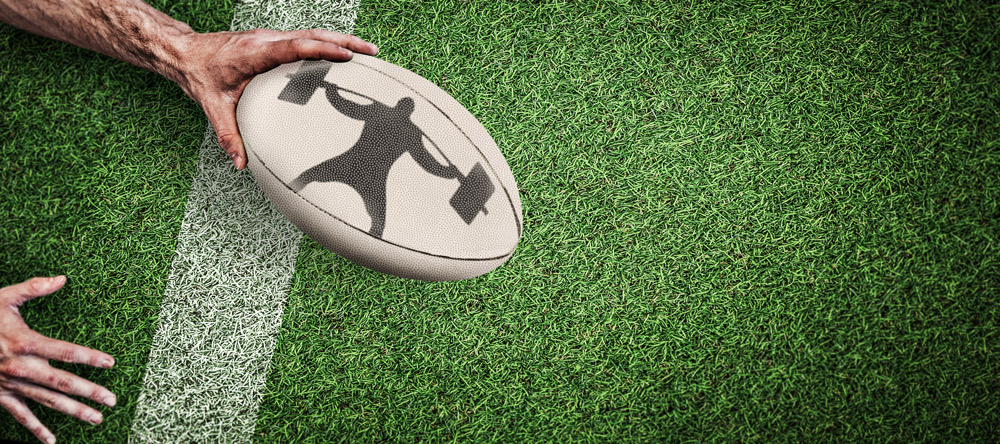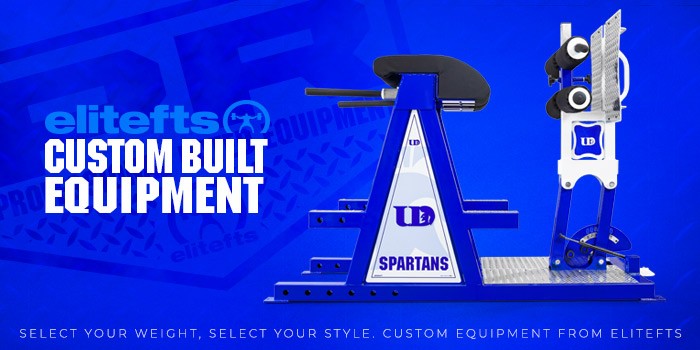
There are many programs out in the training world. Few have stood the test of time like the Reg Park and Bill Starr 5x5 routine, but I am sure that 50 years from now, there will be a few programs that will have the same authority then as now. I refer, in no particular order, to the following:
Each is a stand-alone program, and I would unreservedly say that if you trained correctly, as each system recommends, you would have outstanding results. Fred Hatfield has developed a program approach where you use various rep ranges to stimulate various aspects of strength. In his zone approach, reps dictate load such as Zone 1: 2–6 reps, Zone 2: 6–12 reps, and Zone 3: 12–20 reps. Using both compound and isolation movements is another program attribute that merits a recall to action.
Of course, you have the modern authors such as Thibadeau that continue to set the bar high as he develops and perfects training philosophies. I do not know where this idea comes from, quite possibly Thibadeau, but I think it warrants a look at another alternative to try. Remember, as Louie Simmons and Dave Tate are often quoted, “everything works, but nothing works forever.”
RECENT: It's Better to Wear Out Than to Rust Out
It is hard to break away from the fact that certain exercises are the go-to movements irrespective of which trainer you speak to. These are the foundation movements that build size and strength from the get-go and should never be neglected no matter how advanced you are. Few will stay with them to get the full benefit from these “foundational movements.”
My guess is that if you buy a commercial gym membership, there is such a plethora of variations to try that people often will take “soft options” rather than learn the technique and endure the hard work that these movements provide.
Of course, I am referring to the squat, deadlift, bench press, and overhead press. It's no wonder Jim Wendler’s book is based around these movements; they work if you work, pure and simple. I also really like the phrase Mechanically Similar Movements (MSM) that Juggernaut uses in their literature. MSM give the best transfer to the main exercise since they so closely replicate movement pattern and range of motion. It's exactly why I can not see the purpose of the leg press—there is such minimal transferable strength over to the squat.
Working in the sports training area, I also need to include elements at the end of the force-velocity curve reserved for strength-speed and speed-strength to ensure I am developing all capacities with the athletes I work with. I will always continually stimulate size gains in the upper body to “armor plate” each player.
I also want to develop a program where the session can be performed in under an hour since weight training is just one element in the athlete's overall physical preparation.
The warm-up for each session would be specific to the movements to be performed on that day, which include:
- Hurdle mobility drills
- Dynamic movements
- Ballistic movements with medicine balls
- Upper and lower body plyometric movements
- Prehabilitation/rehabilitation specific movements
The program calls for you to select from a range of movements that you have available and will stay with for at least three to six weeks, depending on your training age. There are three categories, speed/power, maximal strength, and size. I will include two movements and superset these for muscle balance around the joint and increased “armor plating.”
The program is a four-day-a-week program, but could very easily be used as a three-day-a-week and the fourth day carried over to the next week if you are finding difficulty in completing all four sessions. I would suggest you rest a day between each session to ensure you are fully recovered and looking forward to each training day. Nothing kills progress like mental monotony.
Feel free to substitute as you wish but always keep the integrity of the program as listed:
Session One
- Speed/Power: Push Press, Split Jerk, Jammer
- Strength: Overhead Press
- Size: DB Shoulder Press s/s DB Shrugs
Session Two
- Speed/Power: Hang Snatch, Power Clean, Box Jumps, Jump Squat
- Strength: Deadlift variations
- Size: Hip Thrust
Session Three
- Speed/Power: Band Bench
- Strength: Bench Press variations
- Size: DB Incline Bench Press s/s One Arm DB Row
Session Four
- Speed/Power: Band Bench Press
- Strength: Squat variations
- Size: Sprinter’s Squat
The sets, reps, and loading system will be based around the classic ranges that have been used by all of us over the years. Feel free to use the methods that you have had the greatest success with as you develop your own specific version of this template.
Speed/Power: 2–5 reps @ 60-80+ percent for up to 10-12 sets
Depending on the number of reps, refer to Prilepin's chart. Remember the guidance of Poliquin where he has stated that the number of sets is an inverse number to the number of reps.
Strength: 2–6 reps @ >80 percent of 1RM again sets are as above
I would usually program 4–6 sets.
Size: 6–12 reps
I have an infinite number of variations here to choose from. I prefer the simple 5 sets x 10 reps as my default program when training player’s for hypertrophy.
At the conclusion of the workout, I would include any hamstring-specific work such as Nordics, loaded carries, and calves on lower body days. Look at utilizing a finisher such as a tri-set of face pulls, a rotator cuff movement, and core.
Let me know how you advance on this program.











In Strength,
Annie
I understand where you're coming from, but if you look at the body of work done by the aforementioned, you'll notice variations of their programming. I am a "5/3/1" guy, and if you read Jim's work, he has a million variations, whilst the concept stays the same.
I think the sign of a good coach is sticking to the bones of the program & what makes it great, and then tailoring the back end of it to the specific population you're working with (or fall in to.)